Based on the principle of ergonomics, they are used to keep workers relaxed and comfortable and to eliminate the stress of repetitious movements, thus potentially increasing the worker’s productivity. The science of ergonomics works to design the job, equipment, and the workplace to fit the worker and in doing so, meet the goals of both health and productivity. Read More…
Our workbenches come in a variety of styles including ergonomic height adjustable, chemical resistant, ball transfer surface, computer stations, laminar flow stations and more.
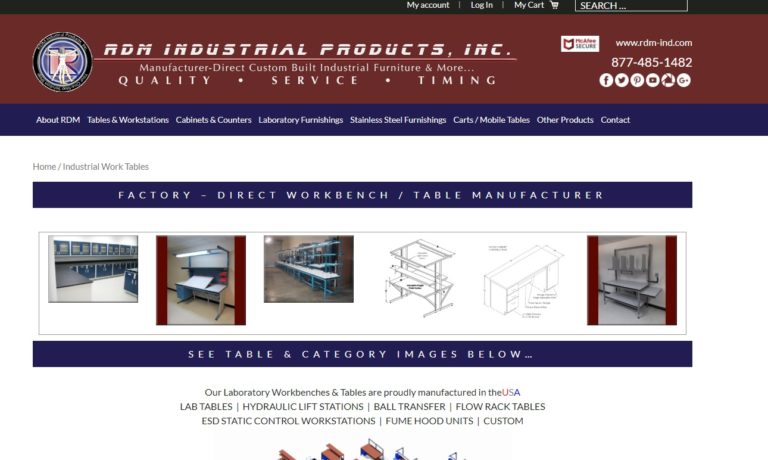
As a workstation manufacturer, Pro-Line offers industrial furnishing that increases employee productivity through creating an improved employee work environment.
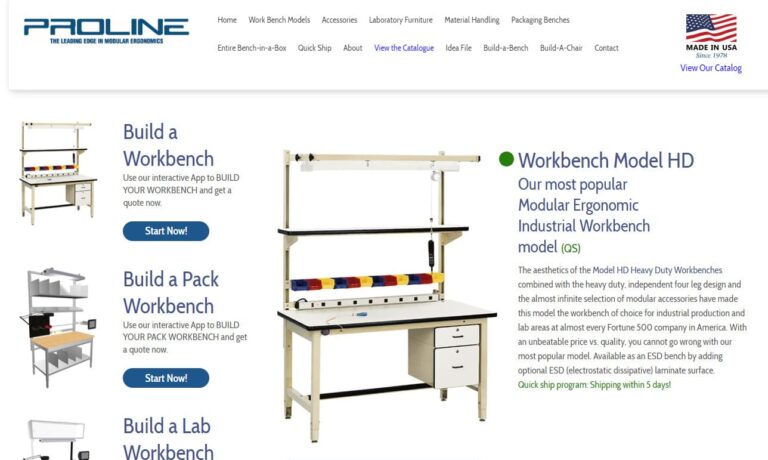
This progressive workstation manufacturer creates flexible, ergonomic solutions for a variety of work environments. ESD, clean room & lab benches, ball transfer assembly workstations, material handling flow rack stations, quick ship modular work benches & great accessories. With everything in-house, we ensure quality workmanship, great lead times & competitive prices for even custom bench designs.
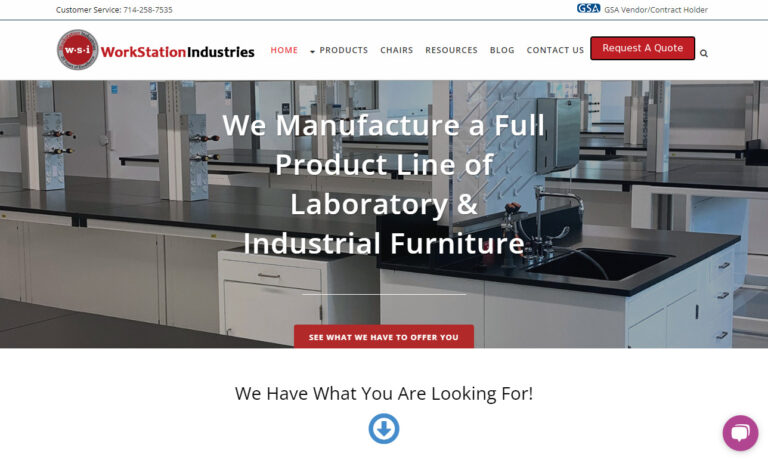
Production Automation Corporation has been a distributor of products for general industrial manufacturing since 1973. We specialize in providing items used in electronic assembly and medical device manufacturing. As a manufacturer's representative, we have a large line of products such as anti fatigue mats, safety wear, chairs, cleaners, hand tools, microscopes, cabinets, workbenches and more.
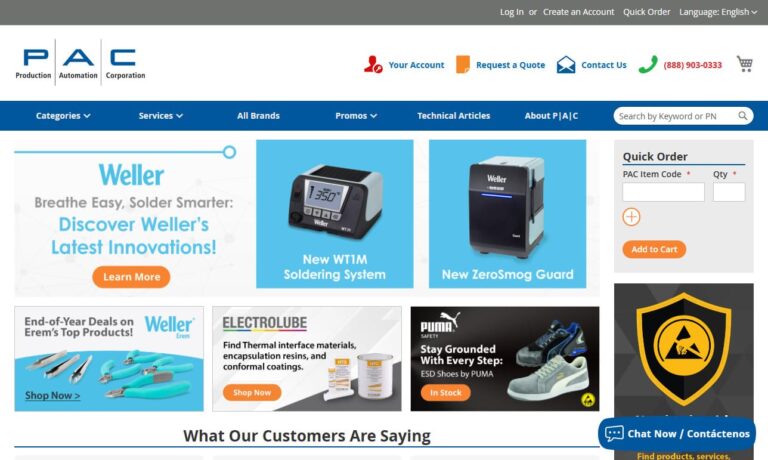
Worksmart Systems designs ergonomic workstations providing customers with the necessary tools to reach six sigma lean manufacturing goals by eliminating waste, preventing defects and improving line efficiency. These are accomplished by our Fleximate® workstations such that our products can be joined together to create optimized assembly cells. We also offer floor and table top stations.
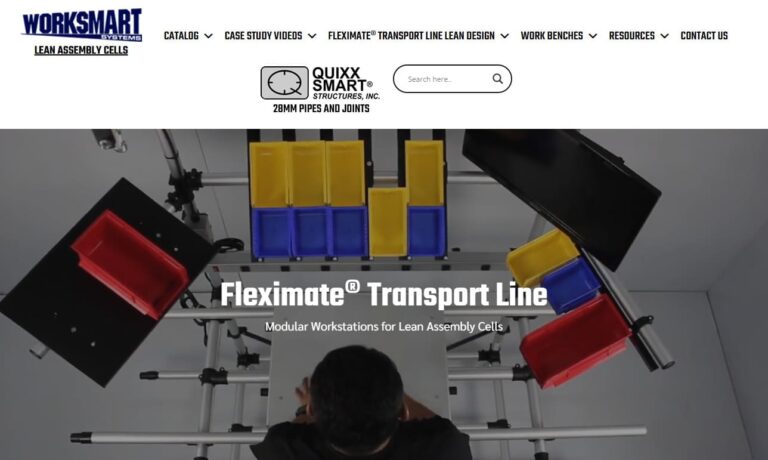
More Ergonomic Workstation Manufacturers
Ergonomic work stations are important in both factory and manufacturing settings because they reduce stress and help to eliminate injuries. This is a vital concern, as injuries from ergonomic issues make up one-third of the 1.7 million work injuries per year.
Ergonomic workstations can include work benches, lab furniture, computer workstations, command operation centers, assembly line stations, office furniture, and much more, and they are needed in almost every business within every industry. They are necessary to help prevent unwanted stress through bending, lifting, reaching, or twisting. Because of the amount of stress reduction and lessening of worker injuries, the benefits that come from ergonomic workstations far outweigh their cost.
Ergonomic workstations can help to keep workers stress- and injury-free and at a high level of productivity.
There are two key elements to effective ergonomic workstations: modularity and adjustability.
Modularity is important when there is more than one person working in the same workstation, since modular ergonomic workstations have components that can be rearranged. Shelves, cabinets, and drawers can be suited to workers' needs by being placed in various locations in the workstation.
Adjustable ergonomic workstations can also be changed to fit the special needs of a specific worker. Some common worker injuries that adjustable ergonomic workstations can target include repetitive strain injury, carpal tunnel syndrome, and muscular skeletal disorder. In this type of ergonomic workstation, aspects such as the height of desks, chairs, drawers, cabinets, and keyboard platforms should all be adjustable.
In order to design a workstation that is truly ergonomic, it is essential to consider anthropometry. Anthropometry is the study of the relative measurement of bodily dimensions, including height, weight, and girth; these measurements are considered when analyzing workstations. A complete understanding of the human form is essential in order to meet its needs in an efficient manner.




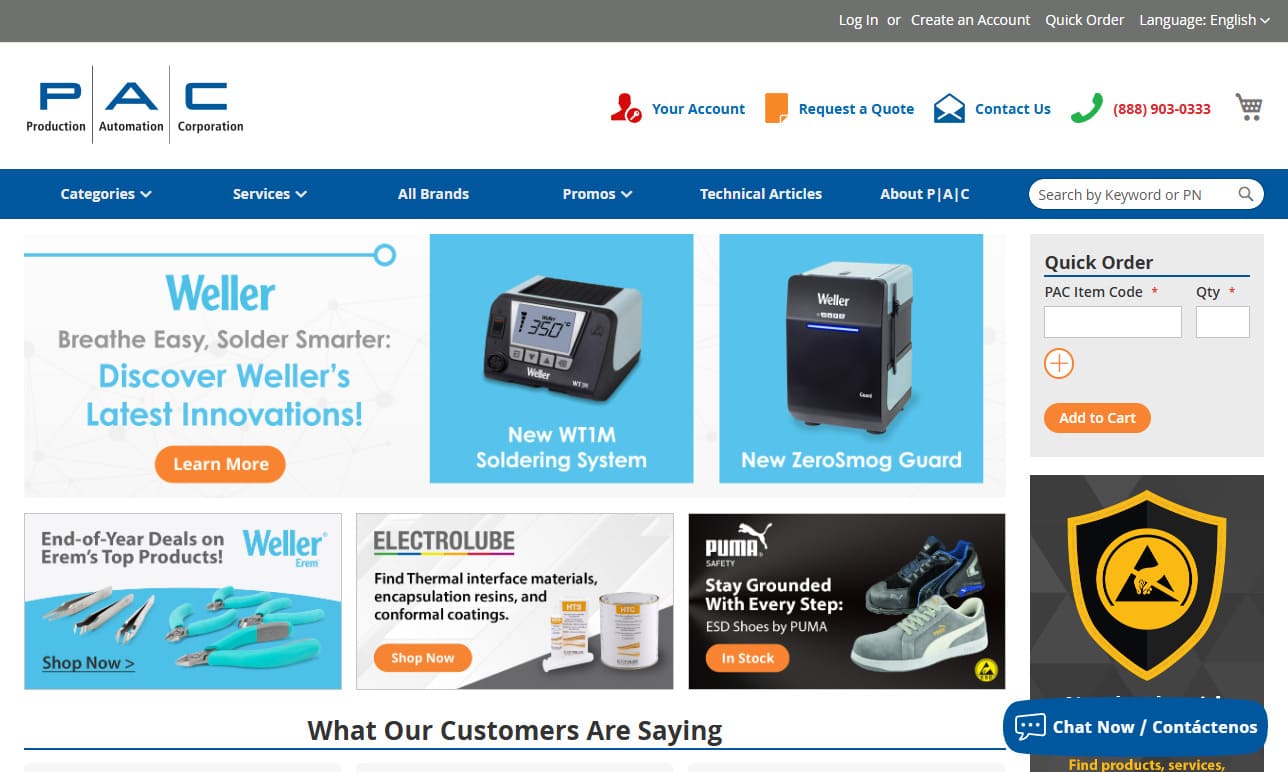
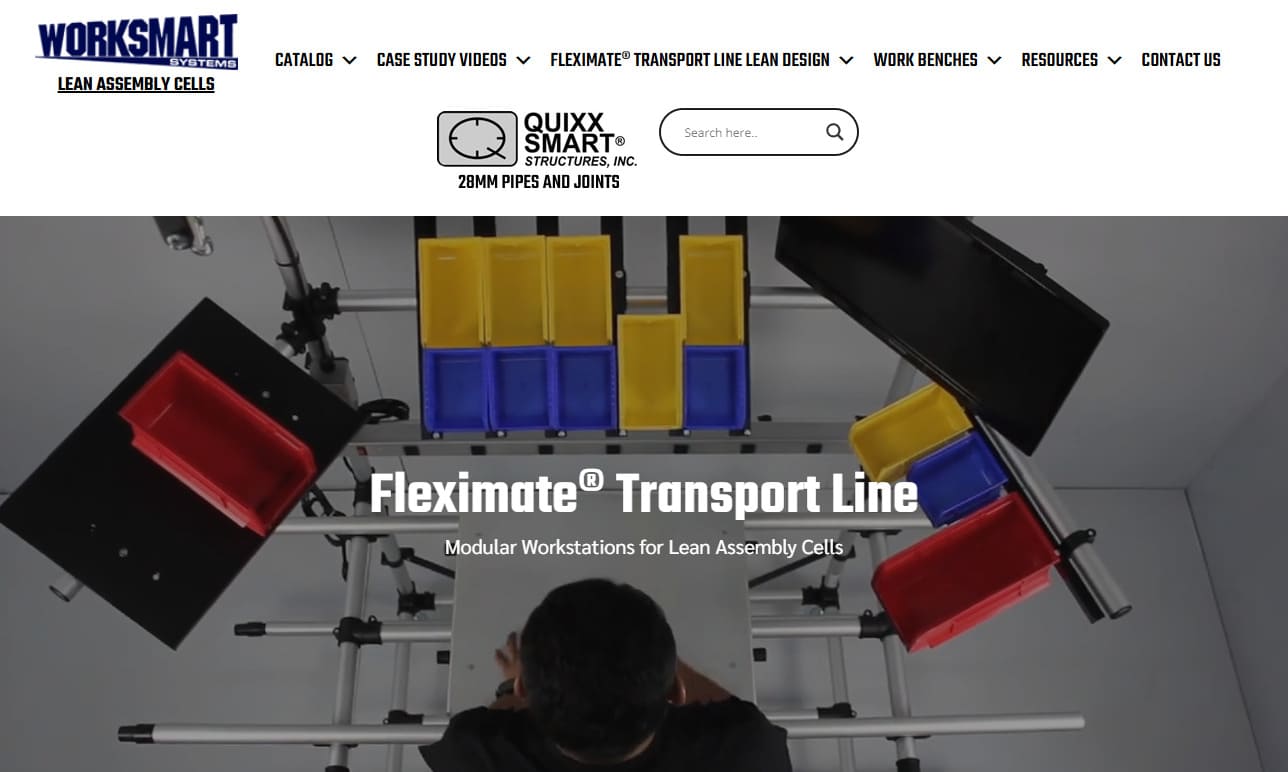
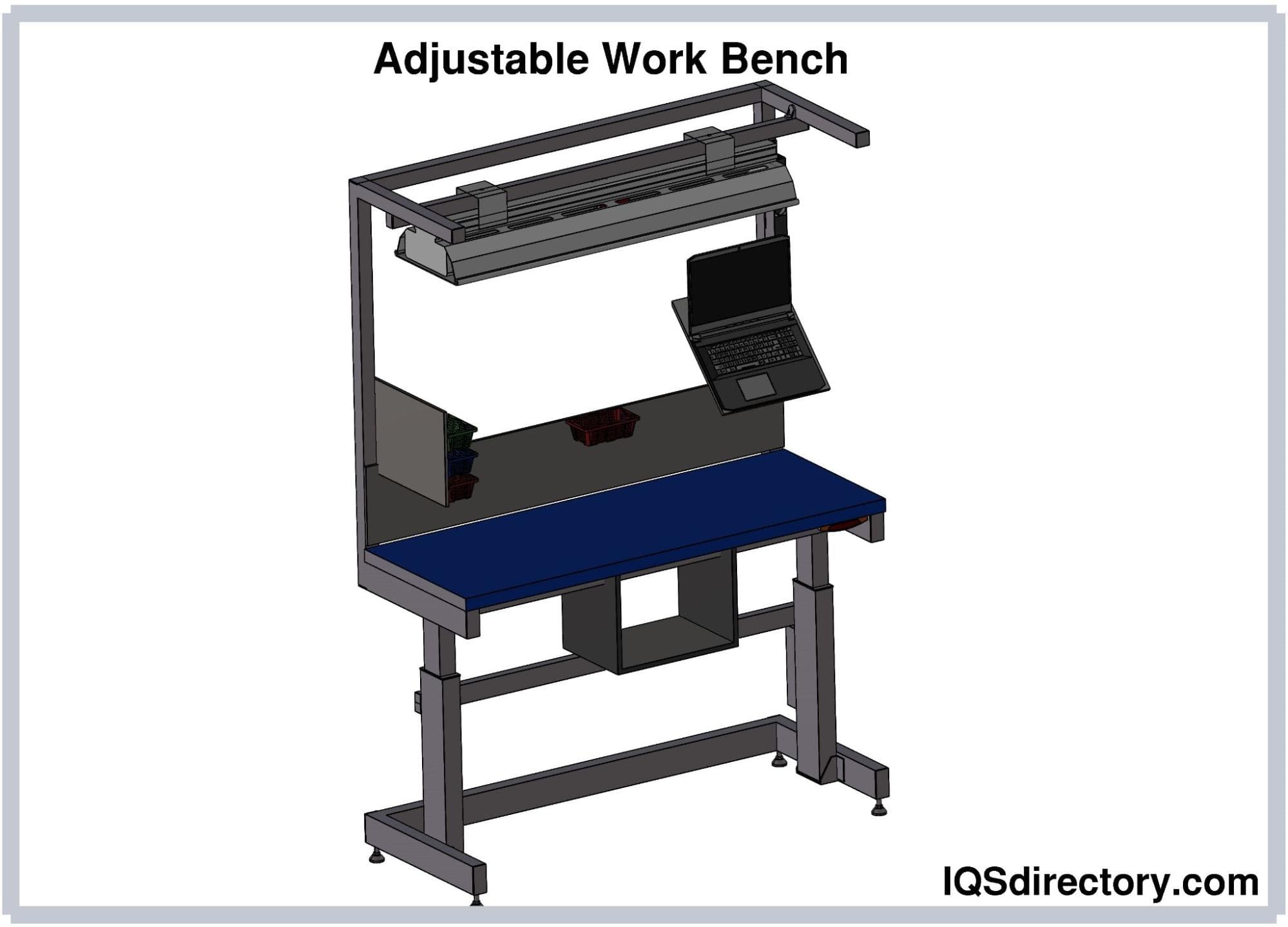
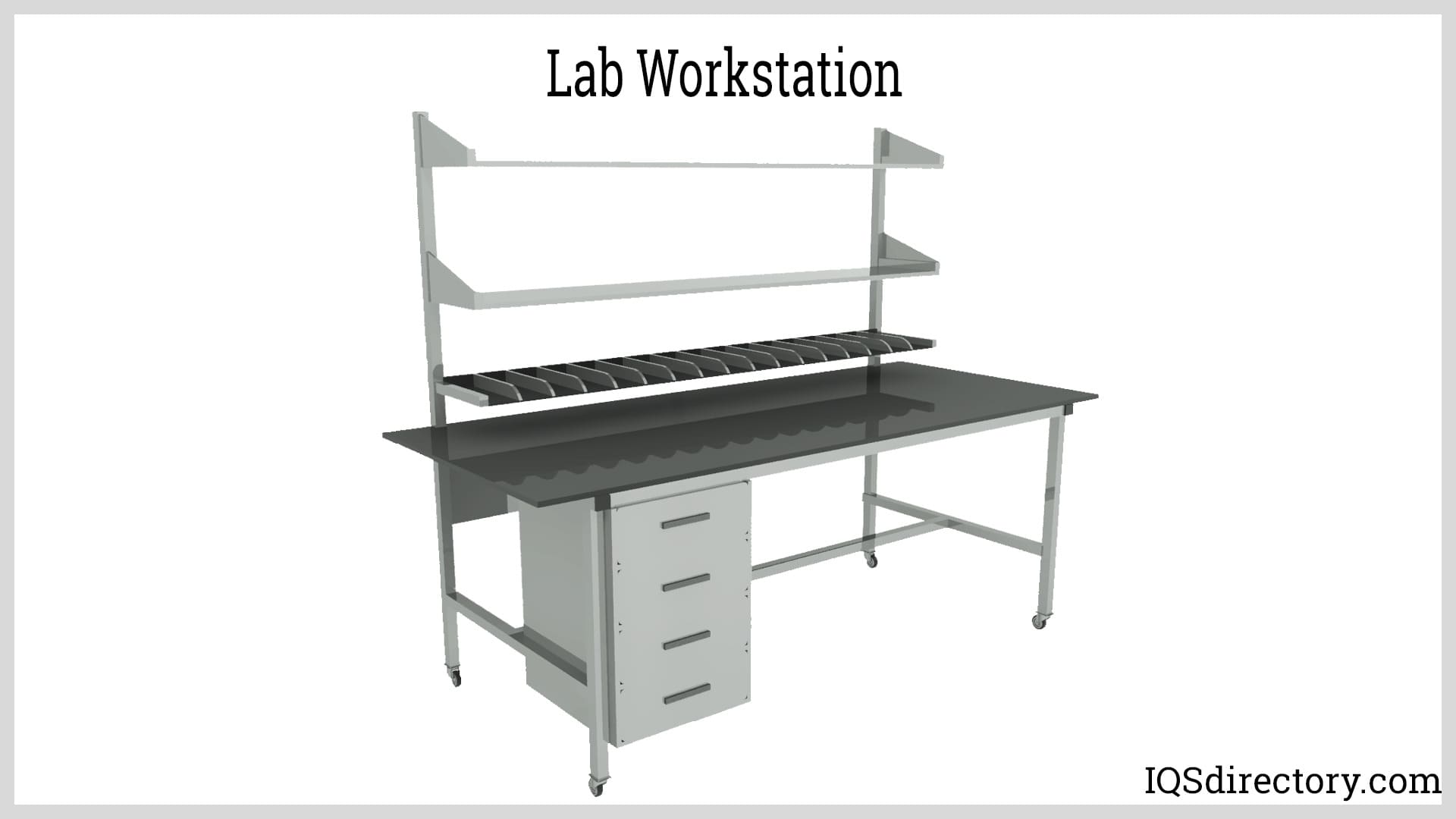
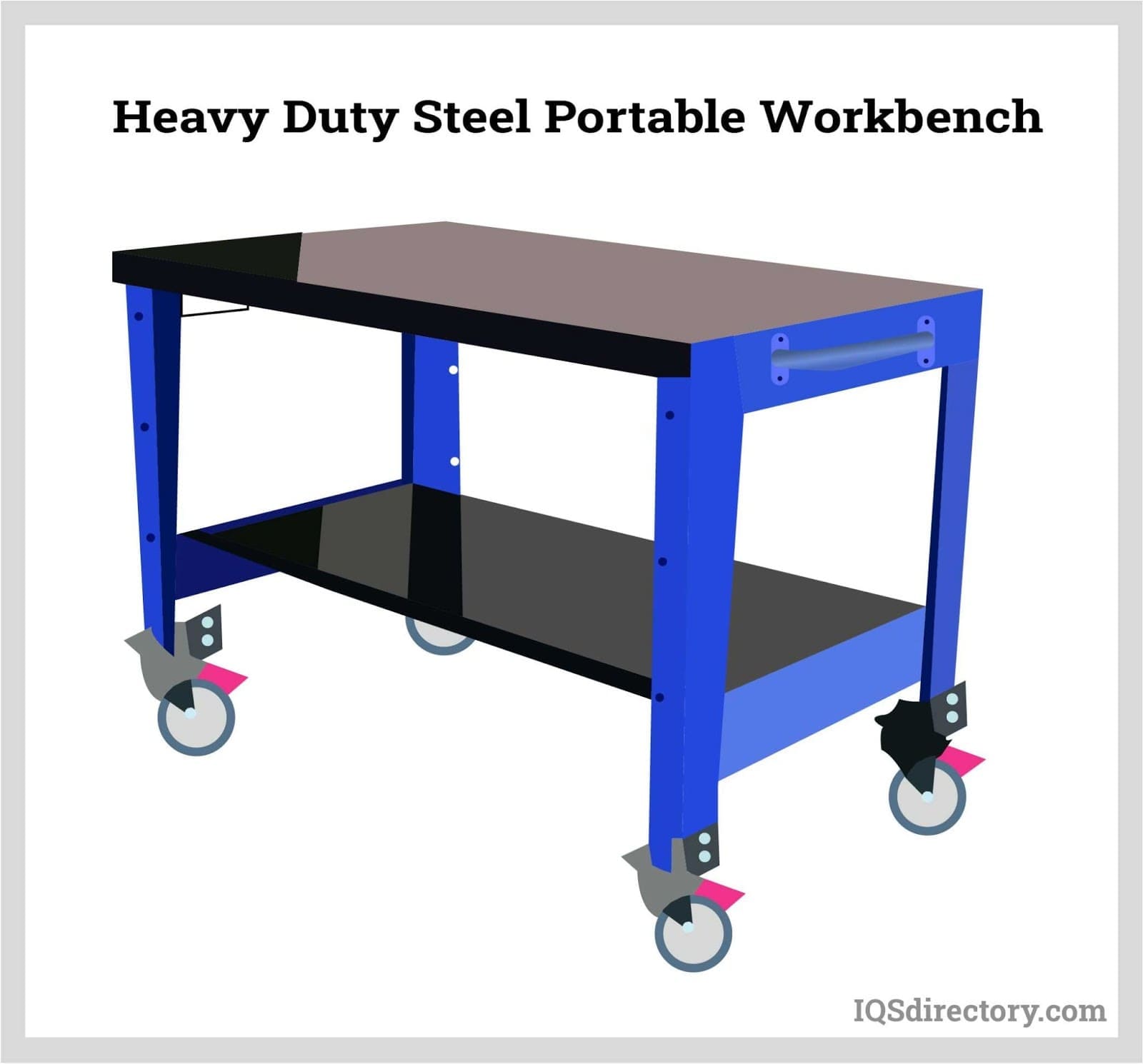
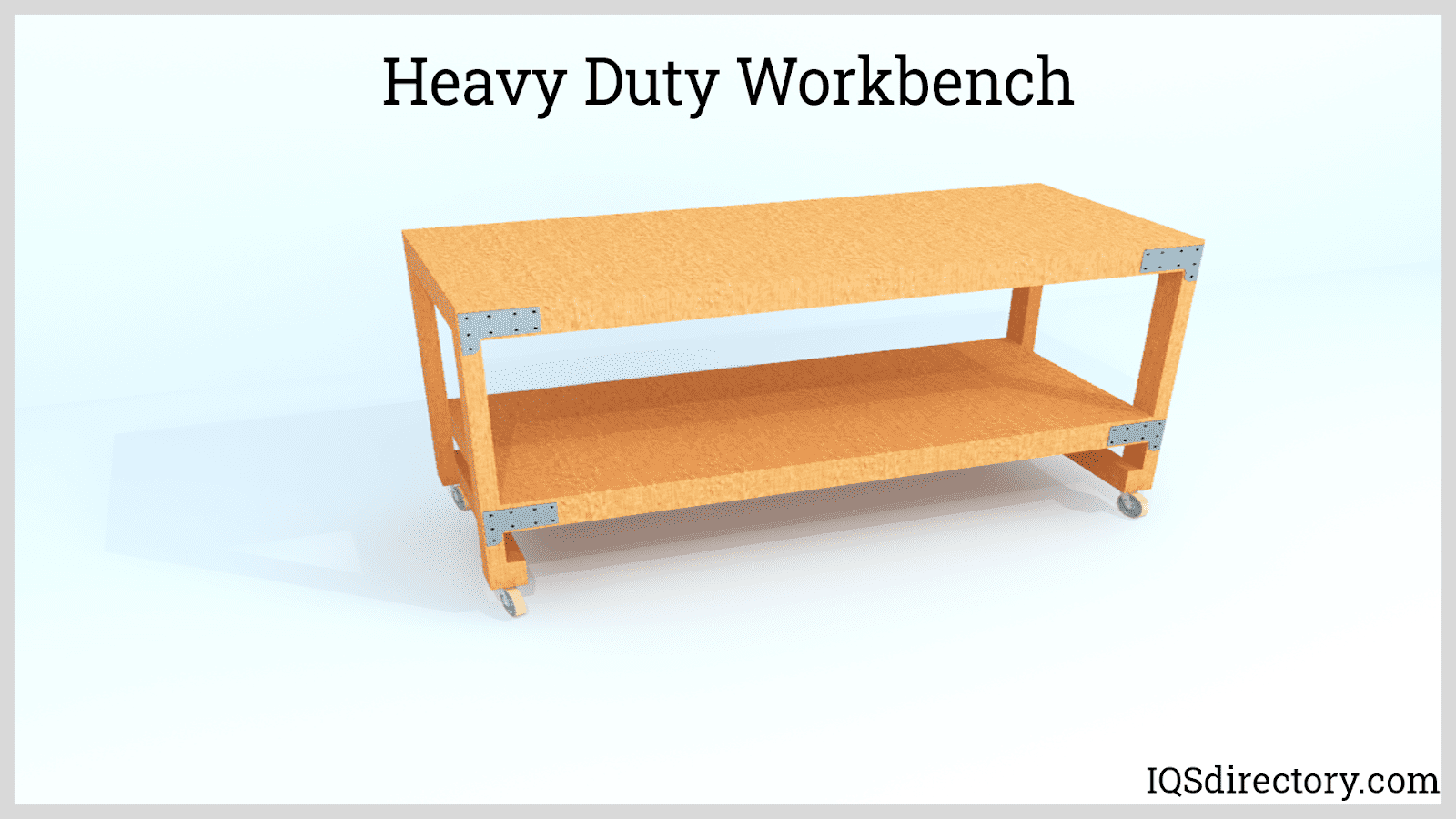
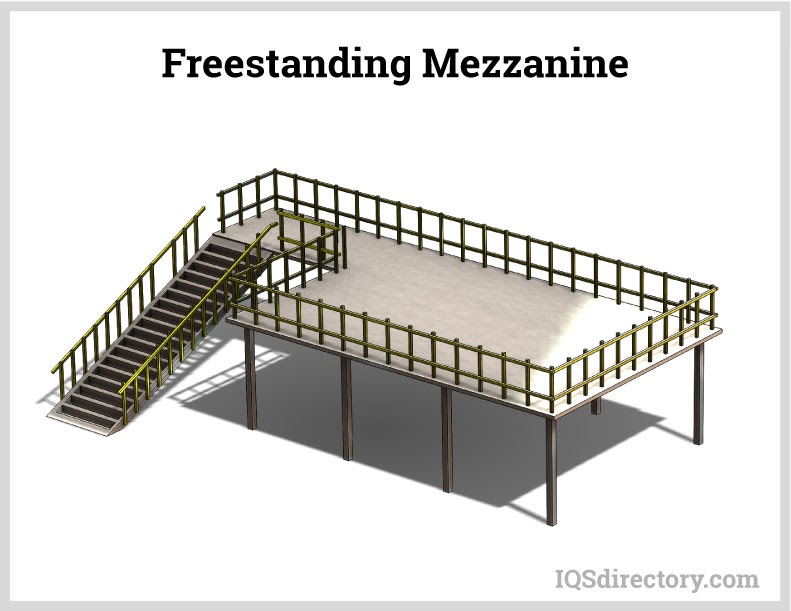
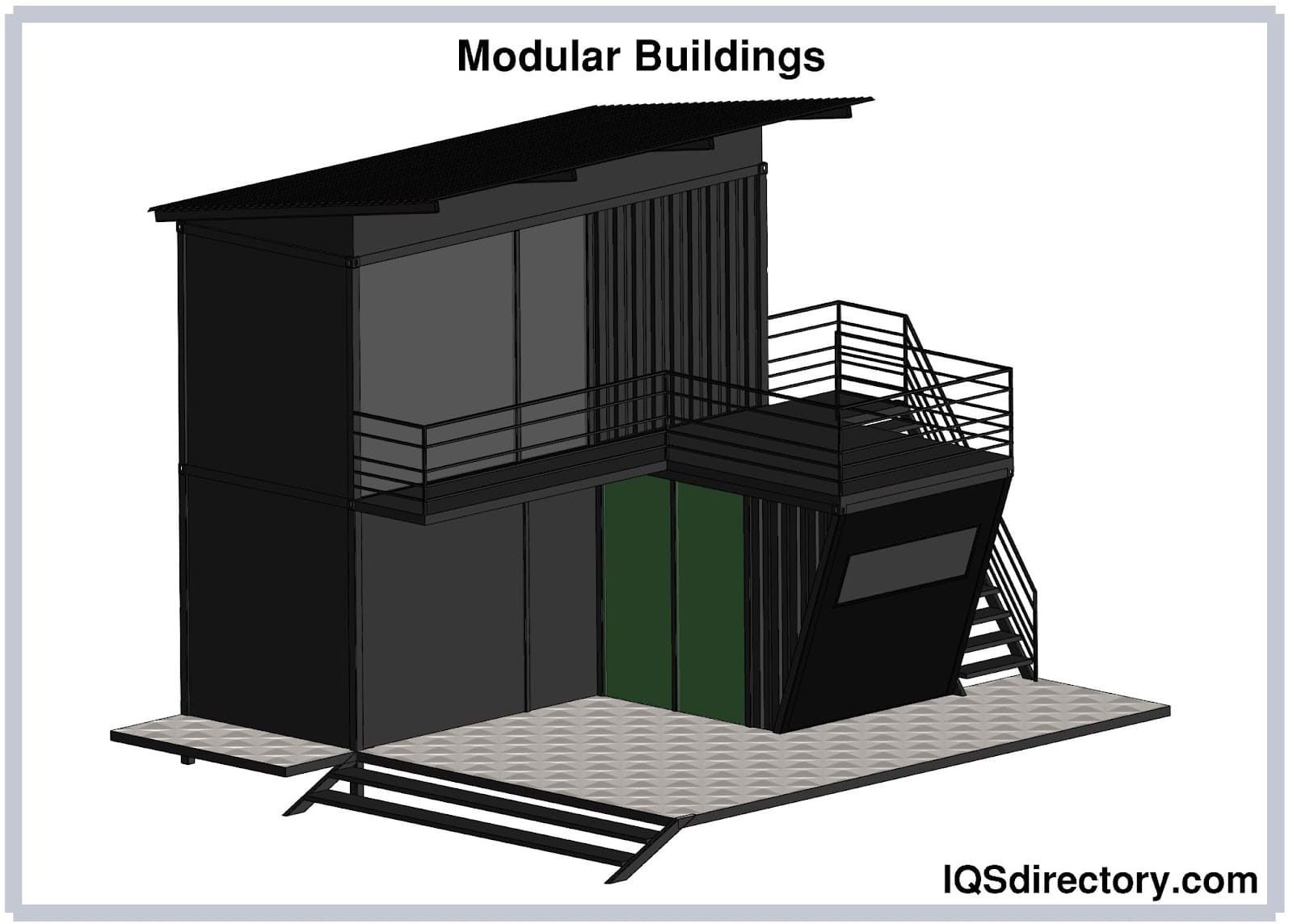
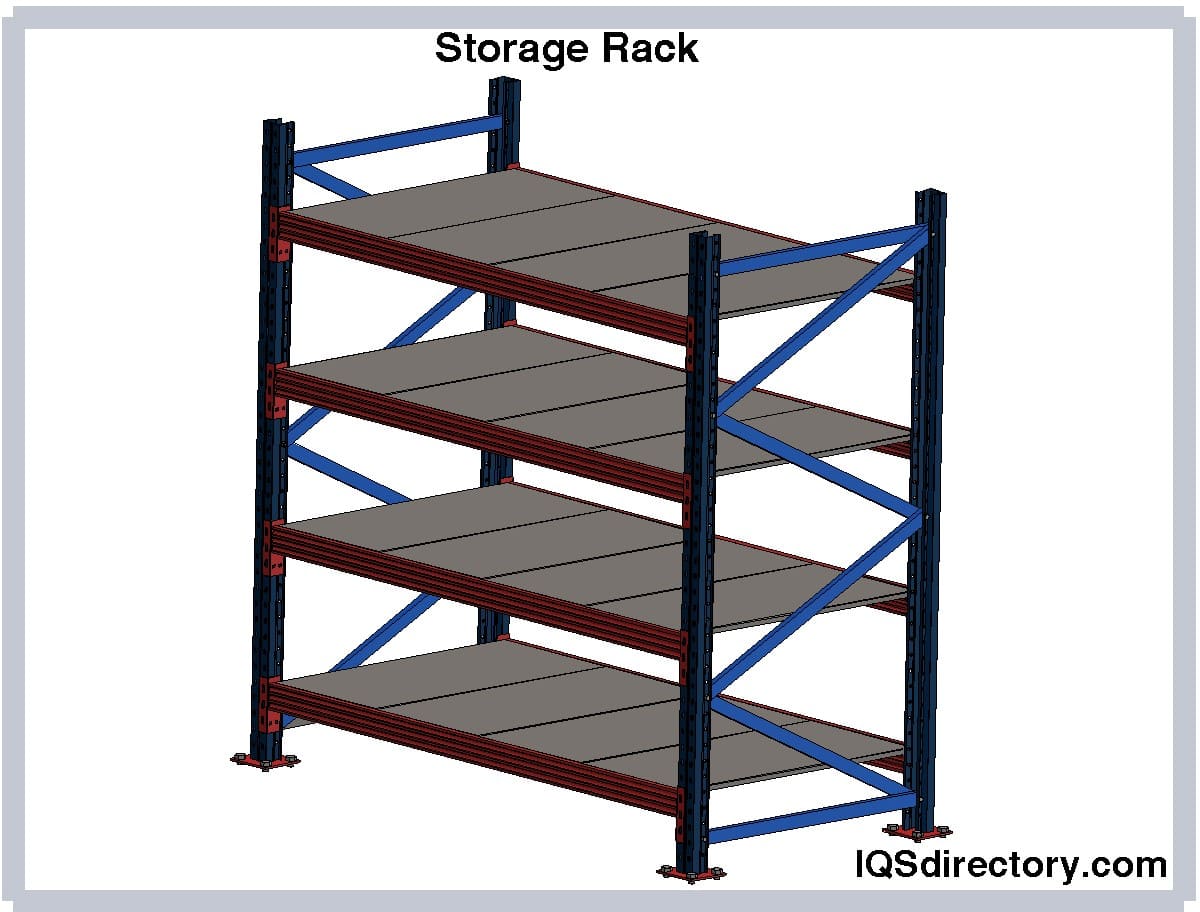
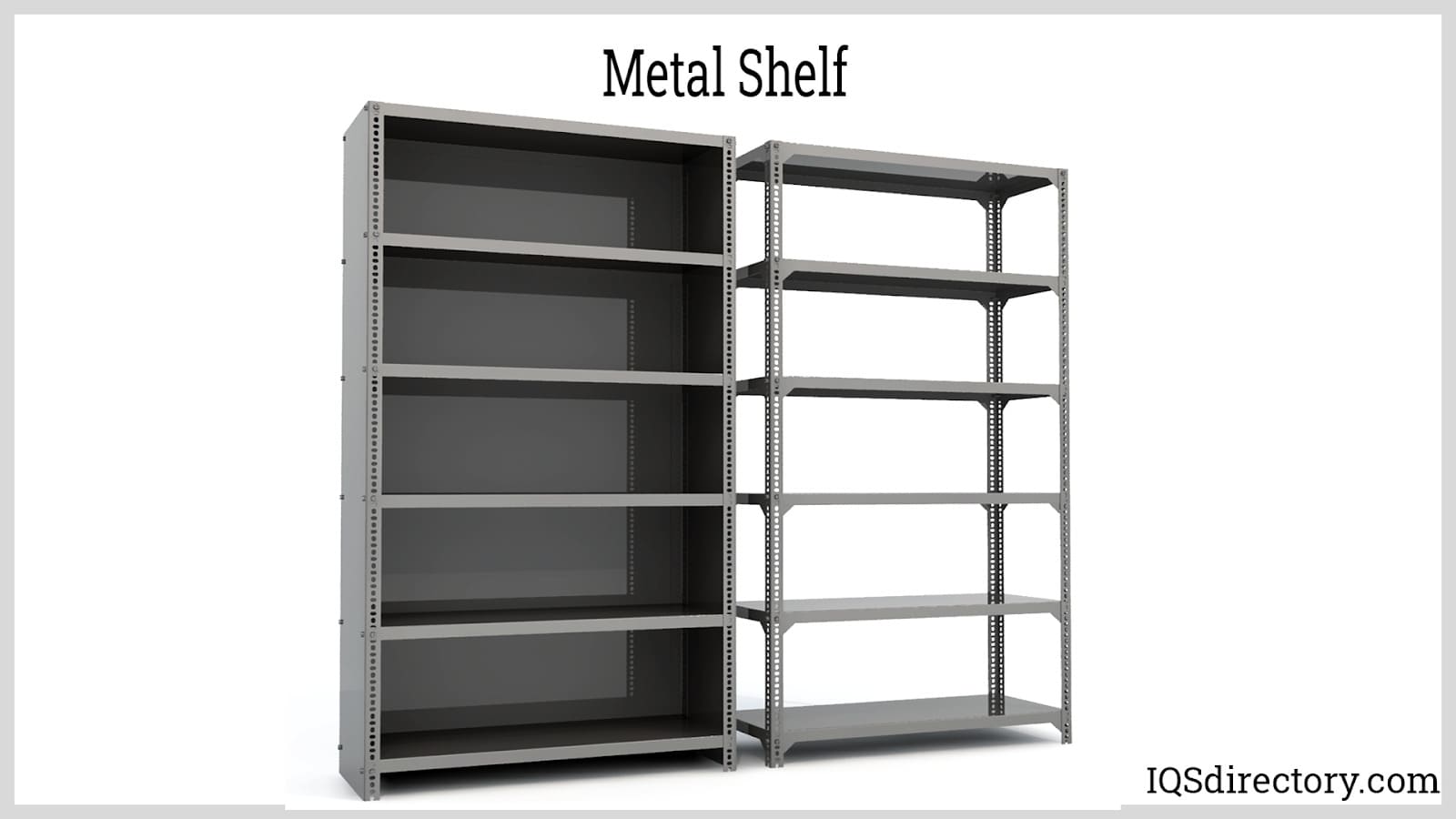

 55 Gallon Drums
55 Gallon Drums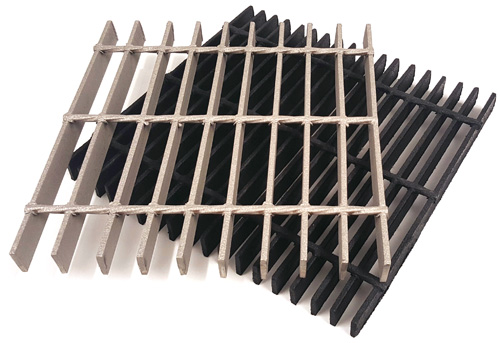 Floor Gratings
Floor Gratings Mezzanines
Mezzanines Modular Buildings
Modular Buildings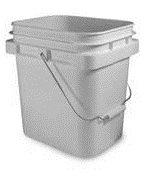 Plastic Containers
Plastic Containers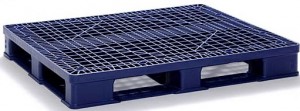 Plastic Pallets
Plastic Pallets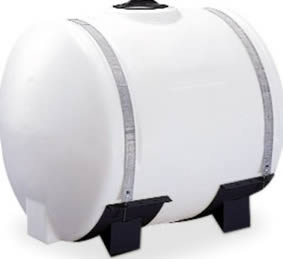 Plastic Tanks
Plastic Tanks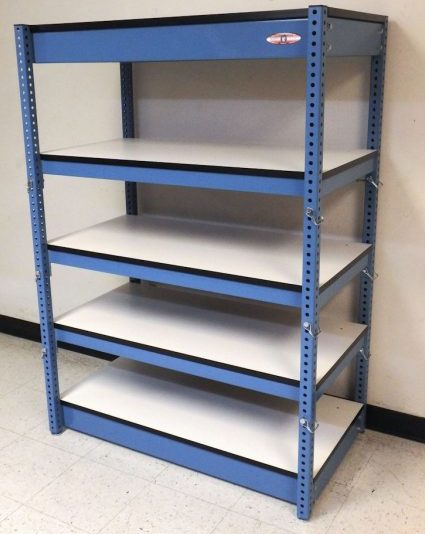 Steel Shelving
Steel Shelving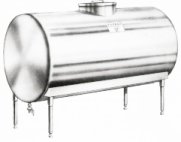 Stainless Steel Tanks
Stainless Steel Tanks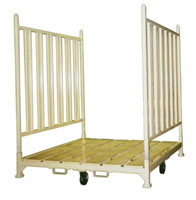 Storage Racks
Storage Racks Work Benches
Work Benches Castings & Forgings
Castings & Forgings Bulk Material Handling
Bulk Material Handling Electrical & Electronic Components
Electrical & Electronic Components Flow Instrumentation
Flow Instrumentation Hardware
Hardware Material Handling Equipment
Material Handling Equipment Metal Cutting Services
Metal Cutting Services Metal Forming Services
Metal Forming Services Metal Suppliers
Metal Suppliers Motion Control Products
Motion Control Products Plant & Facility Equipment
Plant & Facility Equipment Plant & Facility Supplies
Plant & Facility Supplies Plastic Molding Processes
Plastic Molding Processes Pumps & Valves
Pumps & Valves Recycling Equipment
Recycling Equipment Rubber Products & Services
Rubber Products & Services